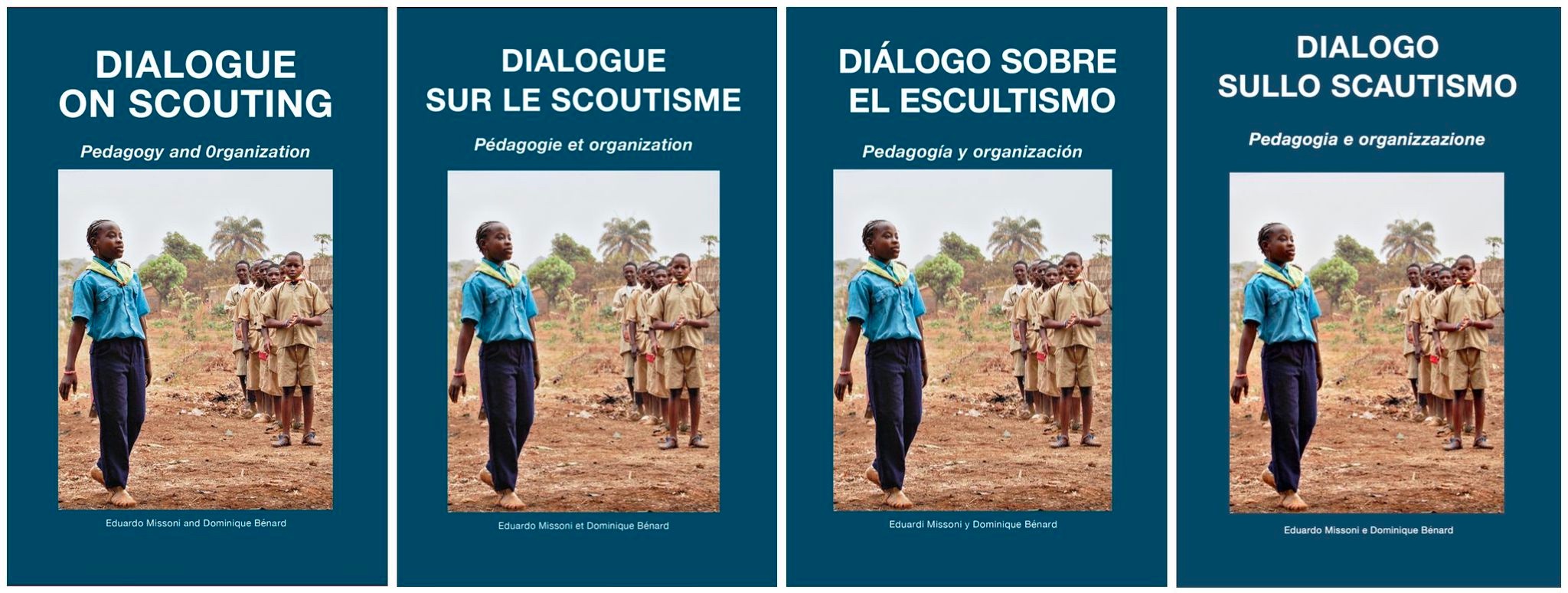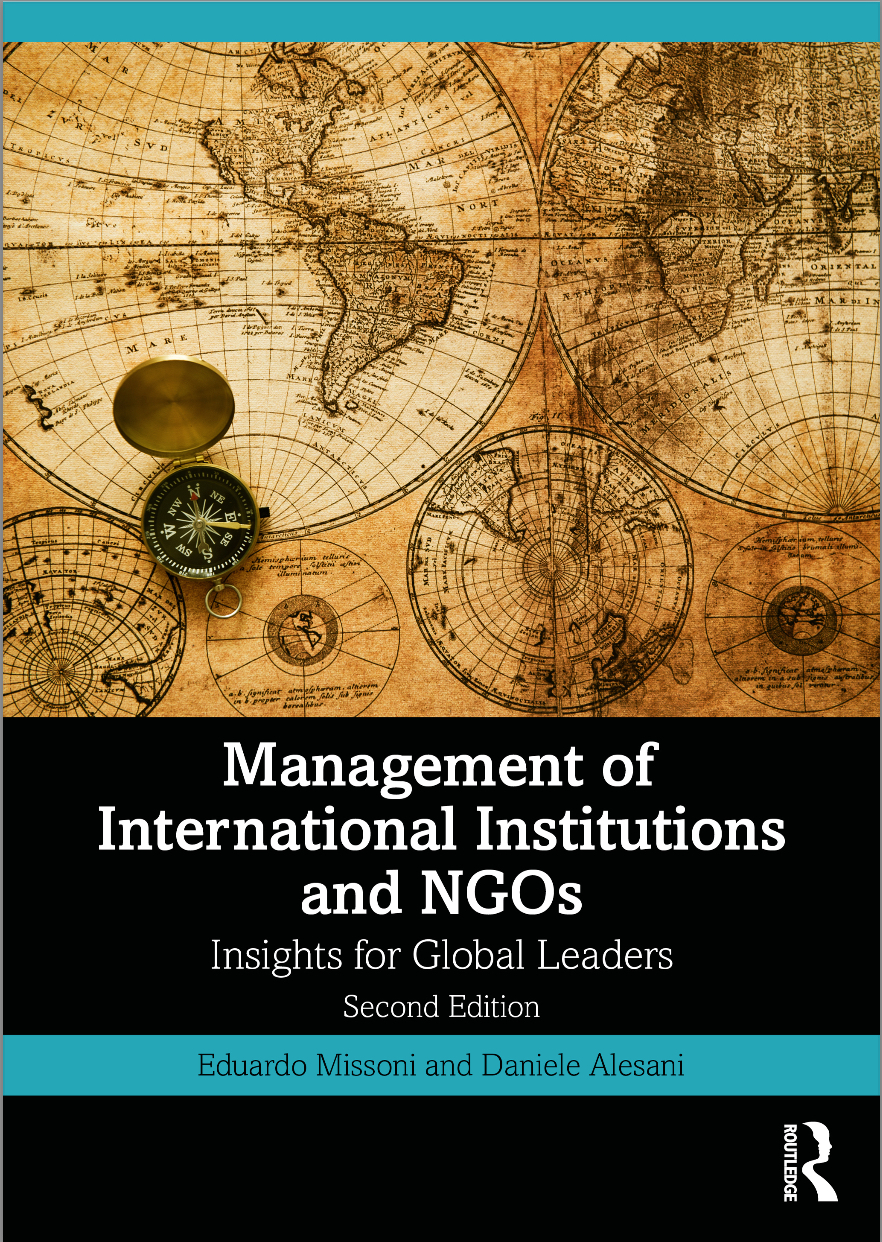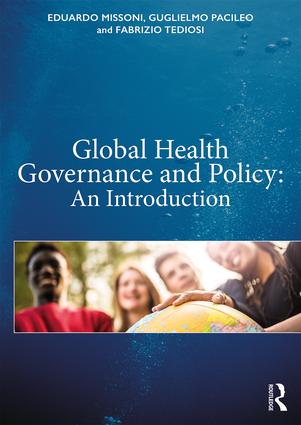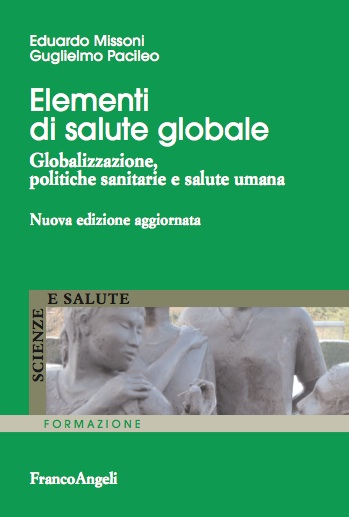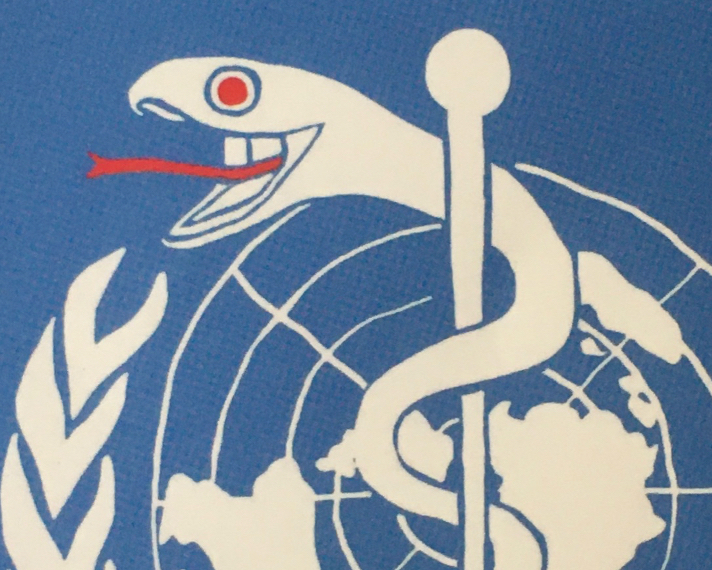
As I have repeatedly emphasized, including in my most recent public speech at the event organised in Rome by the Independent Medical-Scientific Commission, the main reason for not trusting the WHO – in particular with regard to the indications for pandemic management – is the ‘capture’ of that organization by private actors and interests, through complex but well-designed mechanisms, according to a ‘multi stakeholder’ approach, which insists on the involvement of private actors in the governance of public health and, more generally, of global policies.
Under the impetus of Big Pharma and closely linked philanthrocapitalists, for years we have witnessed a growing trend in the WHO, towards a commodified and centralized approach to responding to epidemics, which seems to have lost sight of any emphasis on the determinants of health, primary care and community participation that characterized the golden years of that organization.
Since the 1980s, WHO’s regular budget (made up of compulsory contributions from member states) has been frozen; by now, the organization’s priorities and functioning are largely determined by the objectives to which public and private actors link their voluntary contributions. Even if these are still largely of governmental or intergovernmental origin, and thus made up of public funds, they nevertheless constitute one of the main, visible and quantifiable instruments of ‘capture’ of the WHO by a few private entities, first and foremost the Bill and Melinda Gates Foundation, second only to the United States of America in terms of WHO funding. The other instruments of ‘capture’ are less visible, but systemic: control of research, influence over human resources, control of the media, support for multi-stakeholder initiatives that marginalize the WHO, lobbying at all levels; not to mention less visible corrupt dynamics.
Now the WHO seems very anxious to ensure that the next World Health Assembly (27 May – 1 June) approves a new ‘pandemic treaty’ and a package of amendments to the existing International Health Regulations (IHR 2005), without the final version of the texts to be approved being available yet. This alone breaks the binding rules set out in the IHR 2005, which states in Article 55 that “The text of any proposed amendment shall be communicated to all States Parties by the Director-General at least four months before the Health Assembly at which it is proposed for consideration.“
Even to think of passing any international agreement without having submitted it to the States Parties in due time is at least heresy in the context of international proceedings. I remember how at practically every WHO meeting the delegates protested at the poor advance notice with which certain documents were circulated. And these were often technical documents of limited relevance when compared to the ones that are the subject of this analysis!
The amended text of the IHR only appeared on the web on 17 April (A/WGIHR/8 ), for the first time since 6 February 2023, after fourteen months of negotiations behind essentially closed doors. The latest draft of the pandemic treaty circulated on 22 April (A/INB/9/3 Rev.1). In both cases, it would appear that many of the critical points we had highlighted with the CMSI in October have been revised. Nevertheless, a careful analysis of the new versions of the documents still suggests the inappropriateness of their hasty approval; there is no reason why they should be approved at the next World Assembly, other than the quest for political visibility of a ‘historic event’ and the likely pressure of different interests.
Thus, the first reason to reject both instruments is precisely that pressure exerted on governments and public opinion for their hasty approval in the face of the persistent lack of consensus among the negotiators and the poor definition of several aspects, in effect postponed to future decisions once the treaty has been approved (‘the cat in a hurry makes the kitten blind’, goes an old Italian saying).
The pandemic Treaty
It may be worth recalling that the proposal for a pandemic treaty did not come from the WHO secretariat or its Director-General, but was first put forward by the President of the European Commission, Charles Michel, in 2020 and incorporated in the subsequent declaration of the leaders of the Group of 7 on 19 February 2021, and finally translated into the EU Council’s commitment to work on an international pandemic treaty within the framework of the WHO.
Like us, several authors have long insisted on its futility in the absence of a legal vacuum to justify it. In fact, there is the 2005 IHR, which is an equally binding instrument, the refinement of which could be justified if based on an impartial analysis of the evidence, point by point, of what has not worked so far (but the current process follows another logic and in any case the time is not ripe).
The Treaty would be an entirely new instrument, with complex implementation: with the establishment of new and costly governing bodies (Conference of the Parties, COP) and subsidiary bodies (Art. 21); an increase in bureaucracy, functions and costs of the WHO itself, which would function as a secretariat (Art. 24 ), with new financial mechanisms, all to be defined later (art. 20); a repeated call for the involvement of multiple stakeholders, which it is not difficult to identify mainly in industry, not least because of the Treaty text’s insistence on pandemic products and their development, production and distribution.
Dubbed as ‘scientific, health and pandemic literacy’ and access to ‘transparent, accurate, science- and evidence-based information’ to be reinforced by the Parties (Art. 18), there may still be a desire to censor any expression of dissent or evidence that challenges the official narrative.
But among the negotiators, these issues seem to be of no concern. Rather, the main controversies still revolve around the issue of equity in the distribution of costs and benefits between high-income and poorer countries. Particularly with regard to access to pathogens isolated in countries; access to pandemic products, such as vaccines produced from the genetic sequences of those pathogens; the equitable distribution not only of pandemic tests, treatments and vaccines, but also of the means to produce them, and hence the funding. But the treatment of some of those controversial issues – in particular the modalities for the functioning of a new WHO system for access to pathogens and the benefits derived from them (Pathogen Access and Benefit-Sharing System, PABS) – is postponed until after the approval of the treaty (to 2026) (Art. 12). Similarly, for the definition of the operational modalities of the One Health approach, it is postponed to the elaboration of an instrument that is linked to the requirements of the IHR and should become operational in 2026 (Art. 5).
In order to dispel the doubts, raised by several parties, that the Treaty was intended to take health sovereignty away from states and give it to the WHO, the negotiators took care to include the phrase in the text: “Nothing in the WHO Pandemic Agreement shall be interpreted as providing the WHO Secretariat, including the WHO Director-General, any authority to direct, order, alter or otherwise prescribe the national and/or domestic laws, as appropriate, or policies of any Party, or to mandate or otherwise impose any requirements that Parties take specific actions, such as ban or accept travellers, impose vaccination mandates or therapeutic or diagnostic measures or implement lockdowns“(art. 24).
In fact, instead of strengthening the WHO – which instead retains responsibility for IHR implementation – the Treaty would increase the fragmentation of pandemic preparedness and response in an already highly fragmented global health governance framework.
The amendments to the IHR 2005
But let us come to the reasons why the current proposed amendments to the 2005 CSRs should also be rejected. The first reason is still the unjustifiable haste to approve an instrument that is still under discussion, and the already mentioned intention to present it through a subterfuge in violation of the already mentioned rule of those same Regulations that requires its presentation four months in advance (Art. 55).
Even in this case, the passages that had caused most concern were removed or modified with the probable intention of making them more digestible to the most critical observers. For example, the amendment deleting the ‘non-binding‘ was removed to make the implementation of WHO recommendations mandatory (a contradiction in terms, moreover) (Art. 1). Similarly, the outrageous amendment that sought to delete the reference to ‘full respect for the dignity, human rights and fundamental freedoms of persons‘ from the principles, adding instead the reference to a shared duty of ‘equity and solidarity between States‘ (Art. 3), was deleted. It is worth remembering that for the Italian Republic, solidarity is an ‘unbreakable duty‘ (Art. 2 of the Constitution).
Among our comments on the old draft, we pointed out the danger of replacing ‘intergovernmental organizations‘ among the recipients of WHO information with a more generic ‘international organizations’, justifying our objection with the generic nature of the term that could include private organizations (global philanthropies, international NGOs, public-private organizations), which are neither signatories nor directly subject to the IHR. Unfortunately, the concern remains: ‘intergovernmental organizations‘ has been replaced with ‘international bodies‘, which equally lends itself to various interpretations, again with a view to the deleterious multistakeholderism that some would like to see as a new form of global governance.
The amendments to Article 13, which provided for stricter conditions for the ceding of sovereignty by member states, have also been largely removed. However, what was a ‘should‘ is still amended into a ‘shall‘ and thus into the obligation of Member States to provide, at the request of the WHO, ‘support for response activities coordinated by the WHO‘ and this ‘to the maximum extent possible within the means and resources at their disposal‘ (para. 5, Art. 13). This aspect is taken up again a little later (para.7, Art.13) where it recalls the ‘duty‘ of States Parties, at the request of other States Parties or the WHO, to ‘cooperate with each other and support WHO-coordinated response activities‘ ‘to the maximum extent possible within the national laws and available resources.“
Much attenuated, but not disappeared (now in Annex 1) are the calls for strengthening at different levels (national, intermediate and local) the capacities of States Parties including to “counter misinformation and disinformation“.
Facilitating access to ‘health commodities’ (the Treaty speaks of ‘pandemic’ commodities, but IHRs were created to deal with all kinds of health emergencies – including, for example, those resulting from conflict or nuclear disasters – and so the term used is necessarily more inclusive) is included in several places in the draft amendments. Such access – which then means facilitating the development, purchase and distribution of products – should provide for mechanisms coordinated by the WHO (Art. 44). But we know, from the experience of the Covid 19 pandemic, how that role has been entirely secondary, with mechanisms (e.g. COVAX) directed by public-private organization such as the GAVI Alliance and the CEPI, which in turn are strongly influenced by the commercial sector and the known philanthrocapitalists.
Finally, with regard to financial support for health emergency preparedness and response activities, an articulated amendment indicates the duty of States Parties to mobilize resources also through ‘existing and future bilateral, sub-regional, regional and multilateral funding mechanisms‘; in particular ‘through coordination and/or funding mechanisms that may be established in future International Agreements related to pandemic prevention, preparedness and response‘ (Art. 44). This is in fact the link to the pandemic treaty, and to financial mechanisms whose definition has been postponed until after the treaty’s approval.
So why the rush? Better to stop and think. On the other hand, it is not the binding instruments already available – in particular the IHR 2005 – that have not worked in dealing with the Covid 19 pandemic. Rather, the rules that the IHR enshrine have not been respected and the unwritten rules of geopolitical and private interests at all levels of the global system have prevailed.

